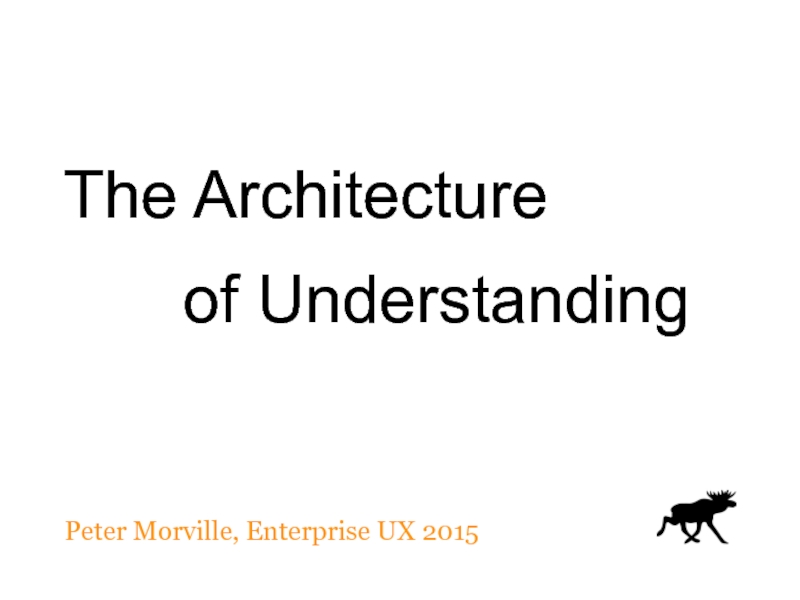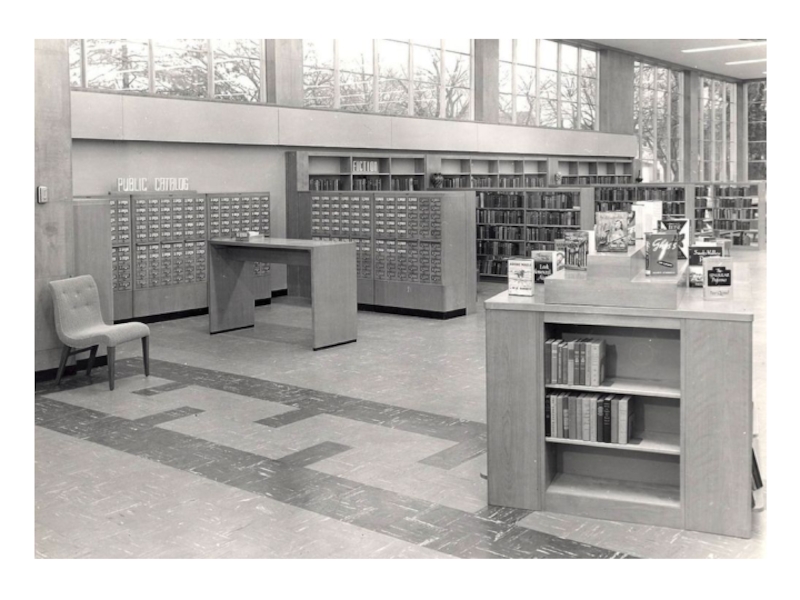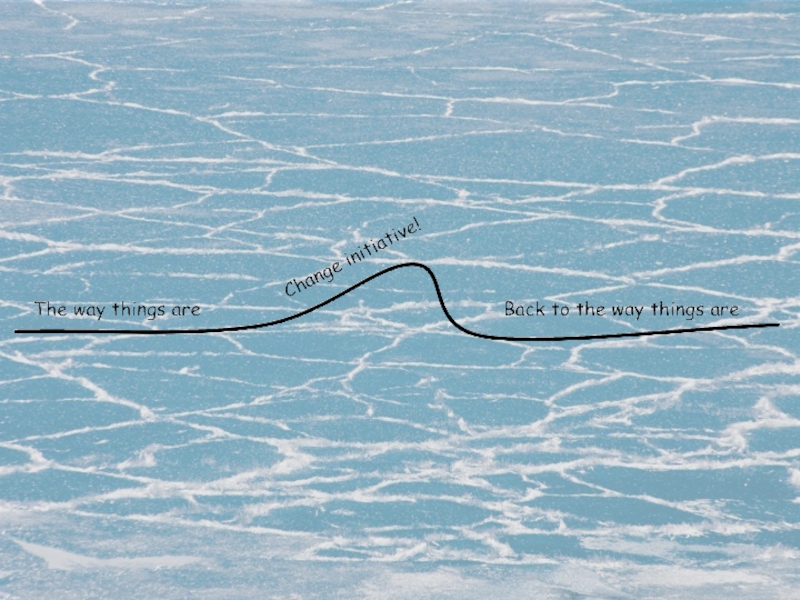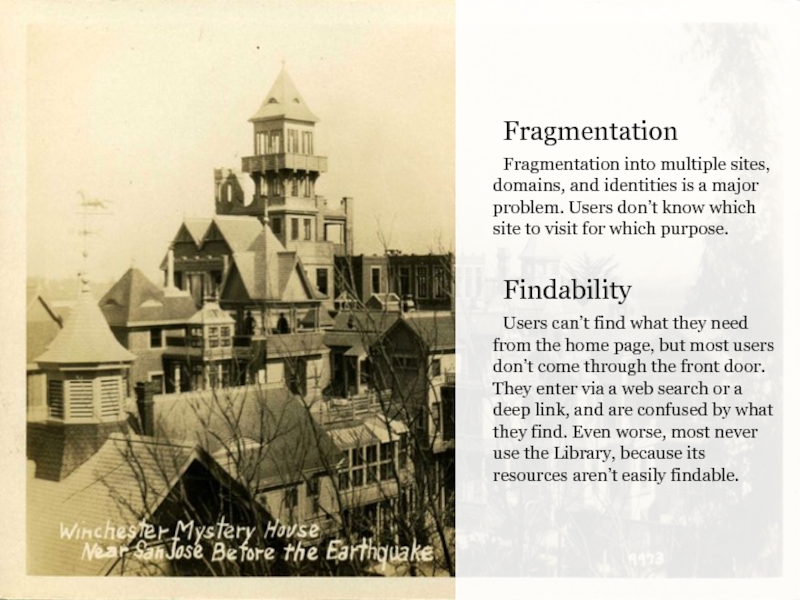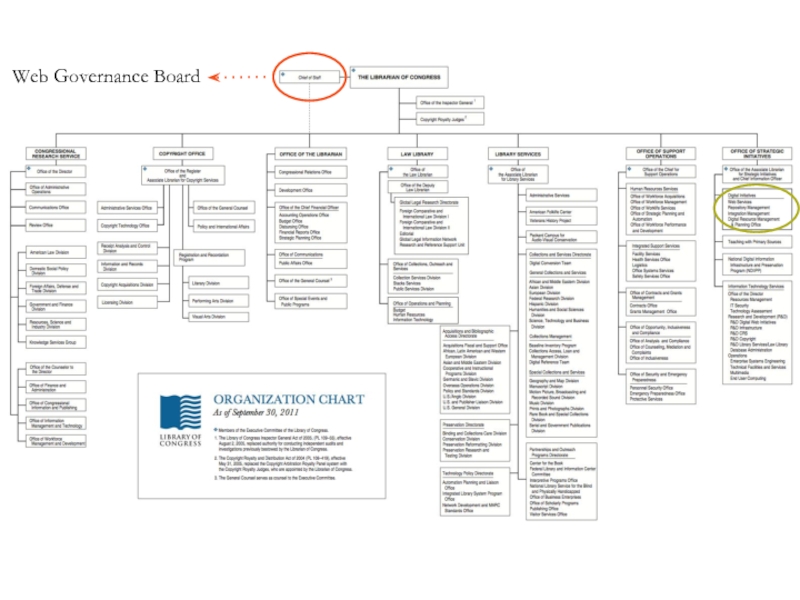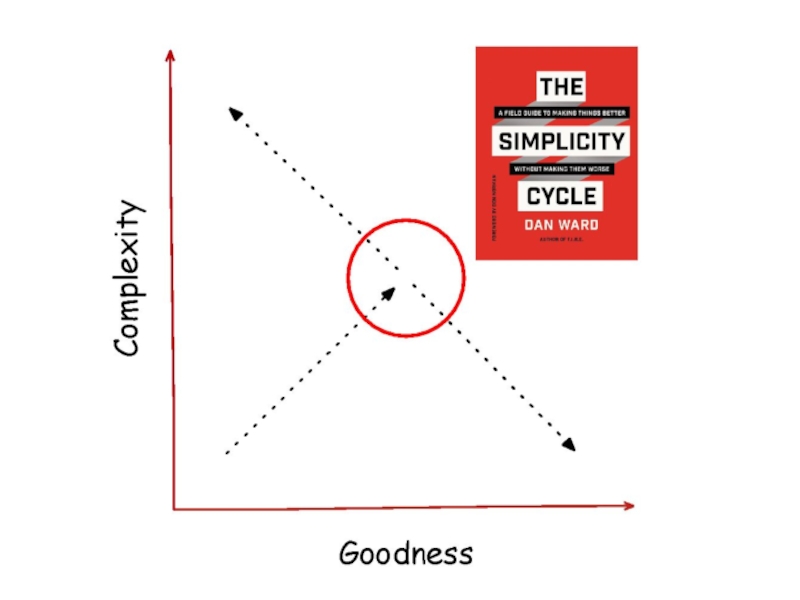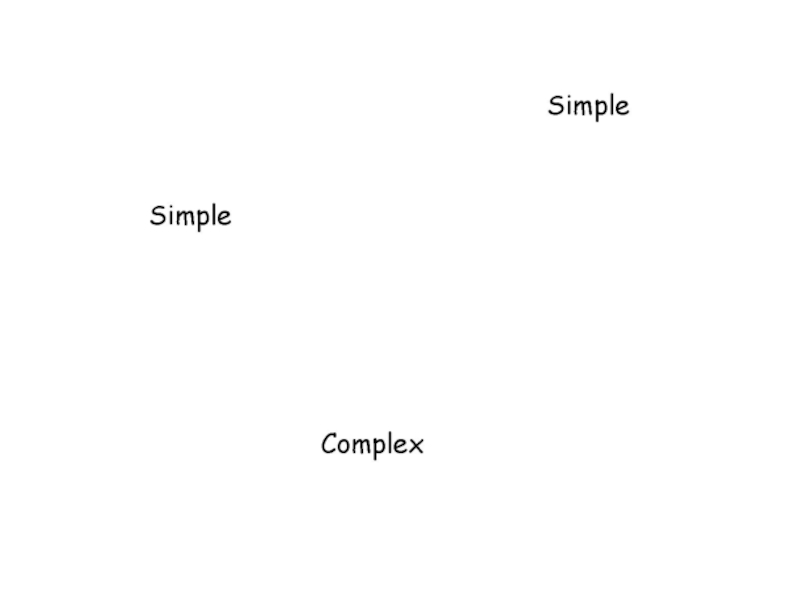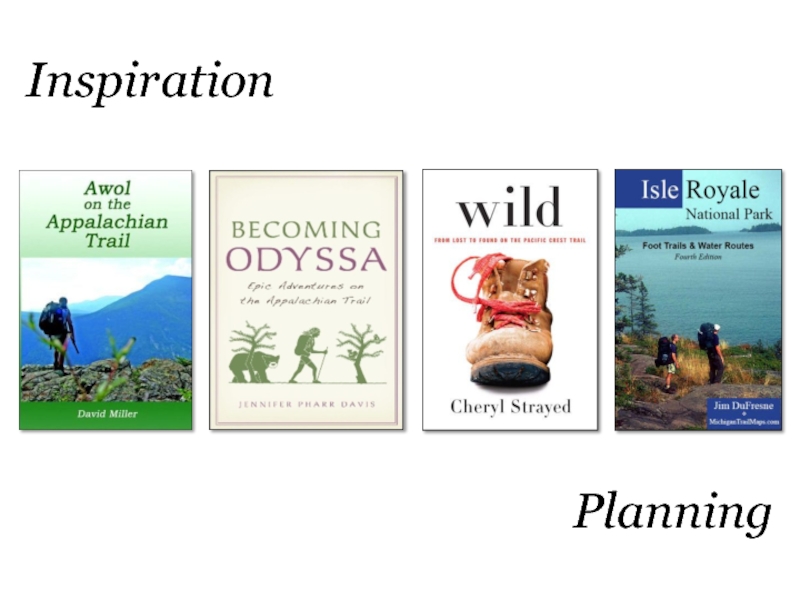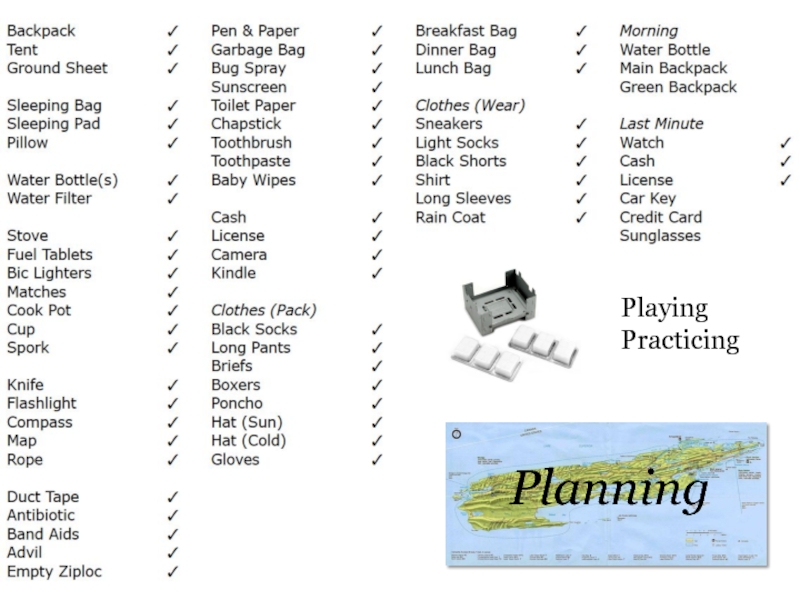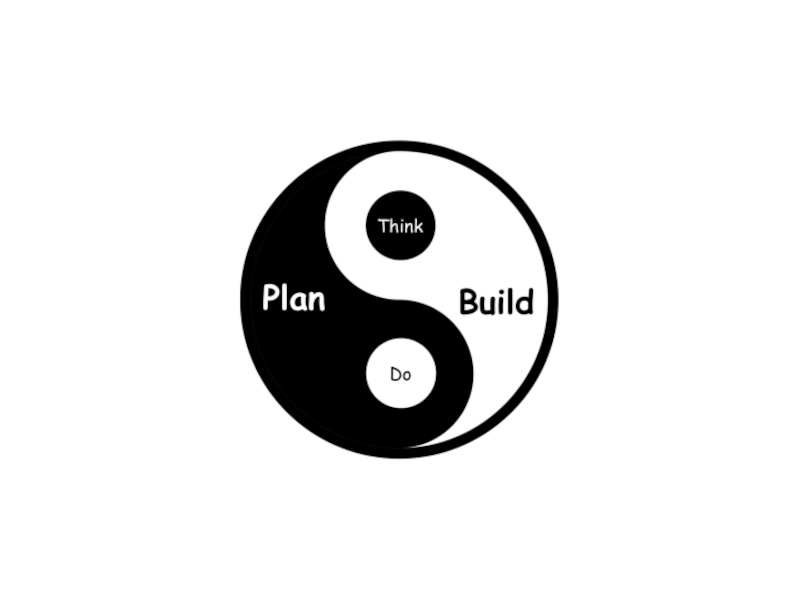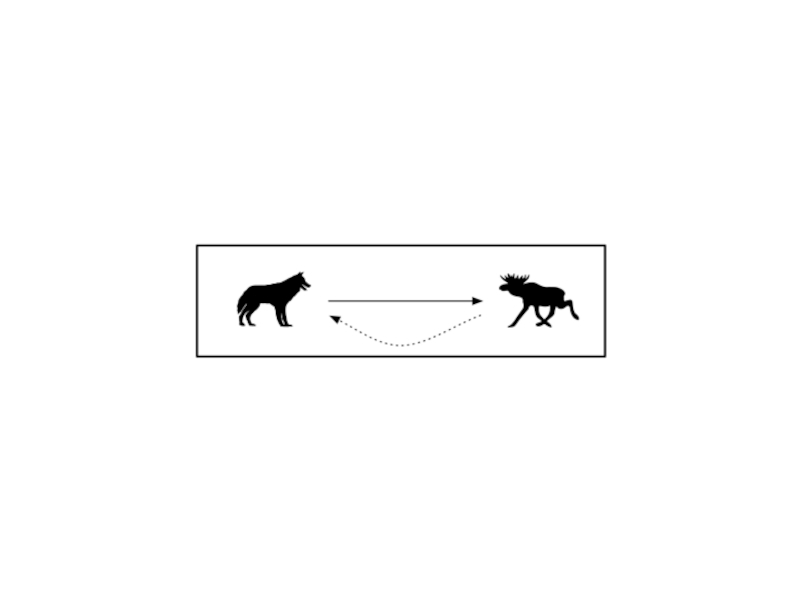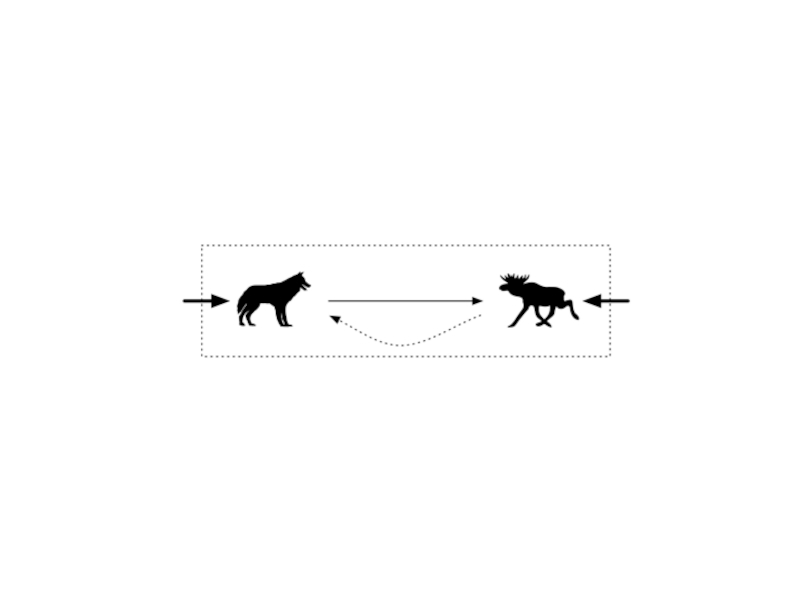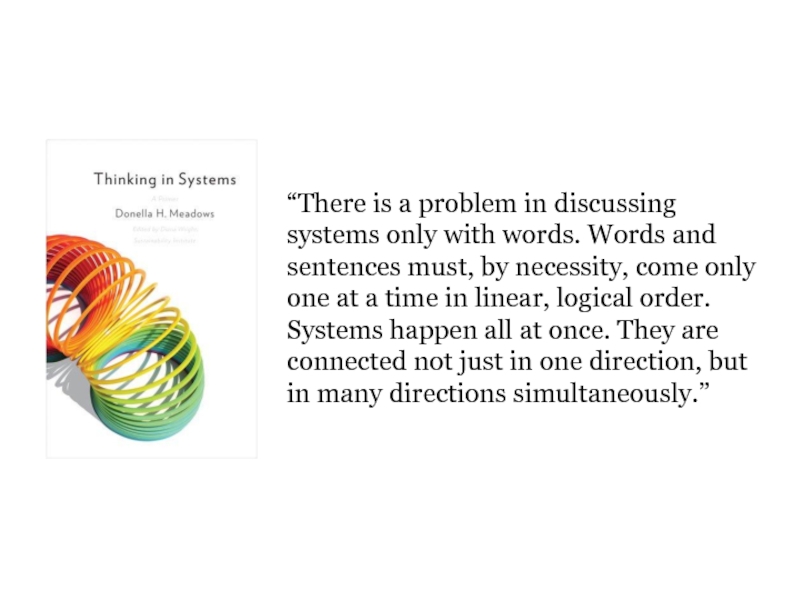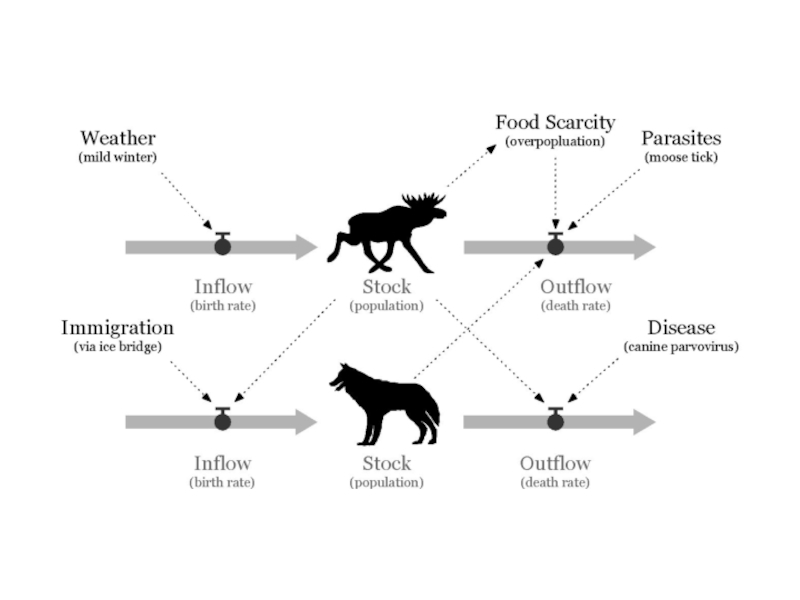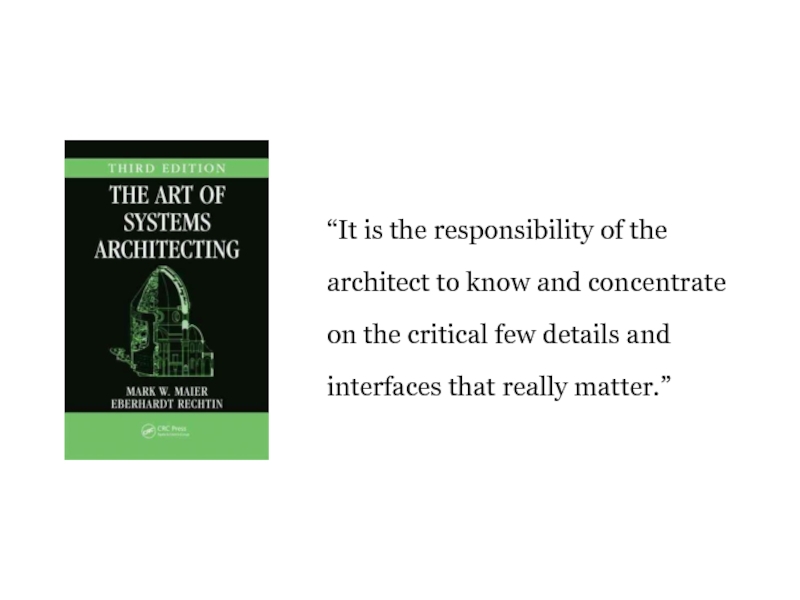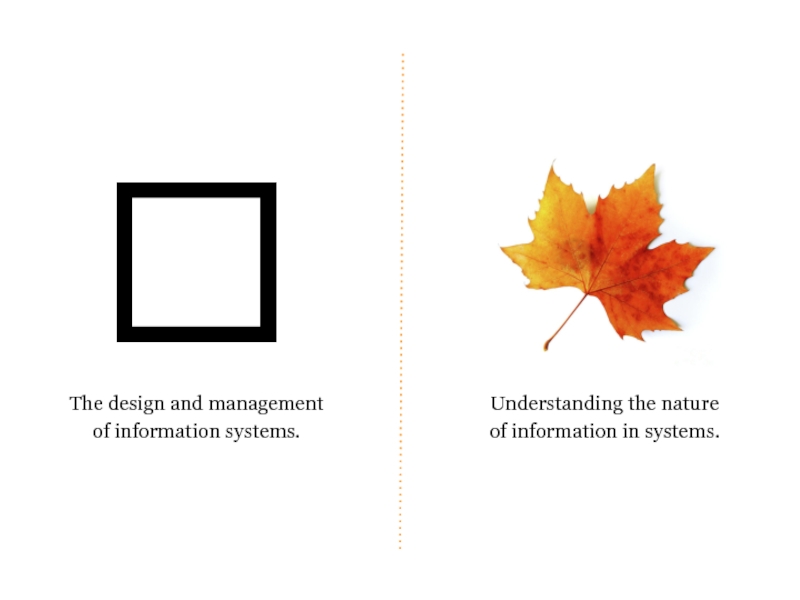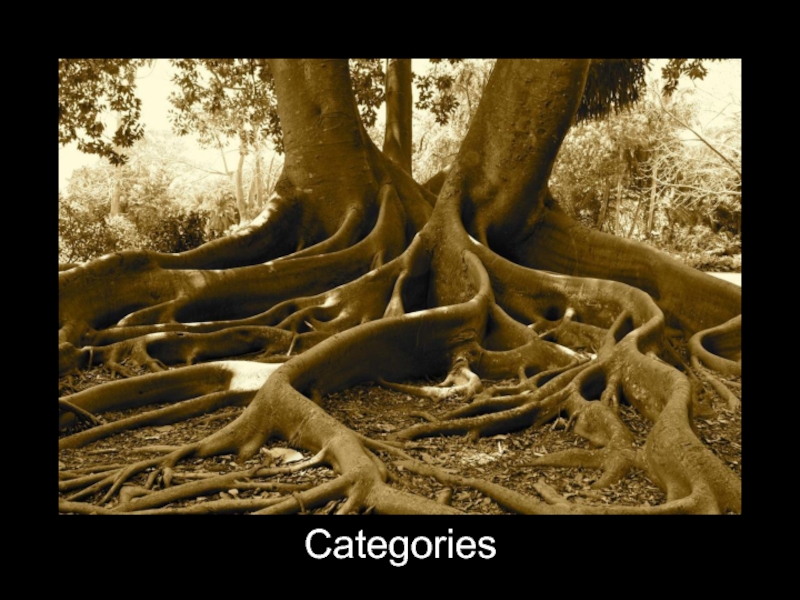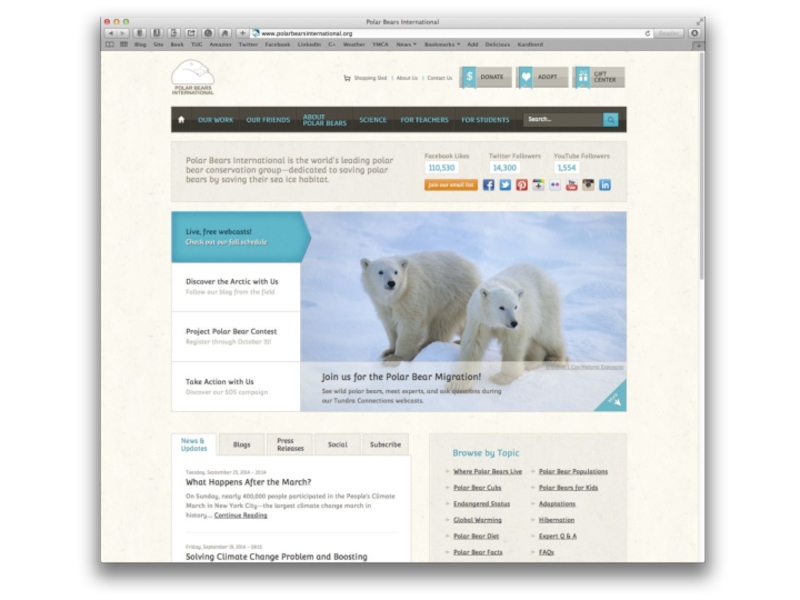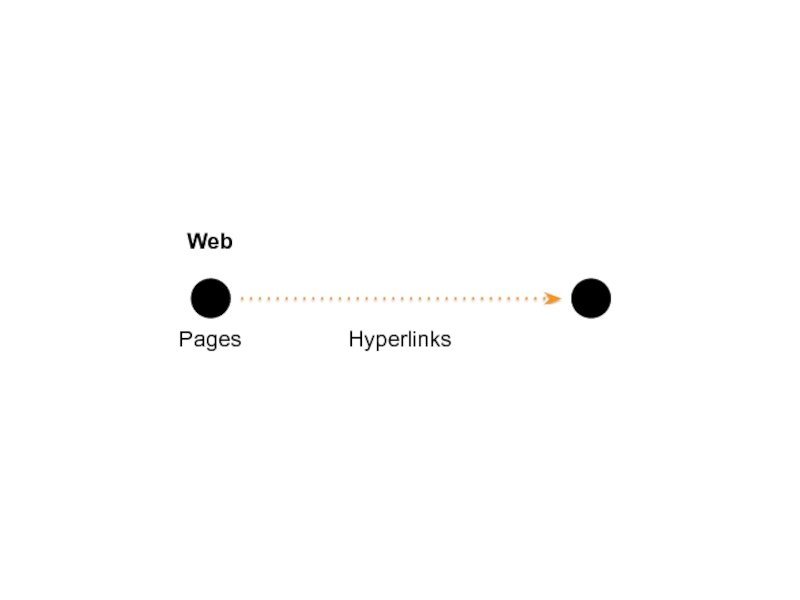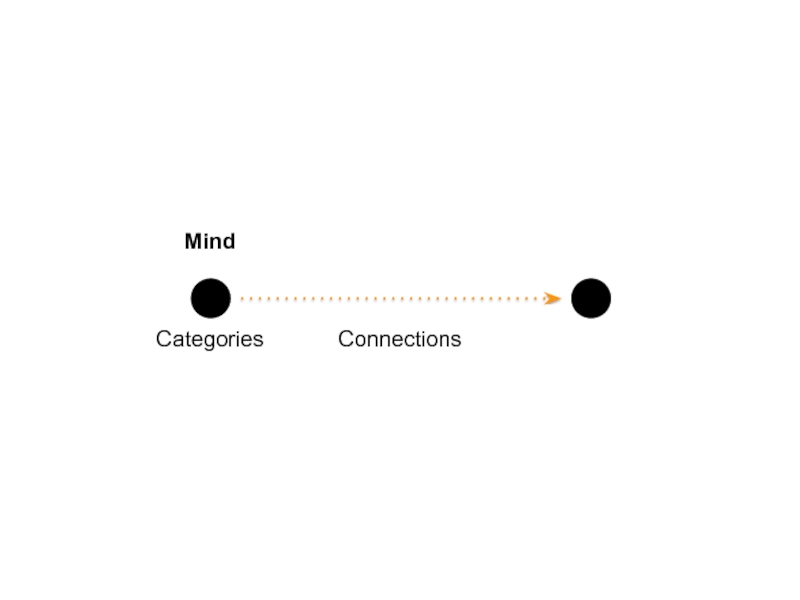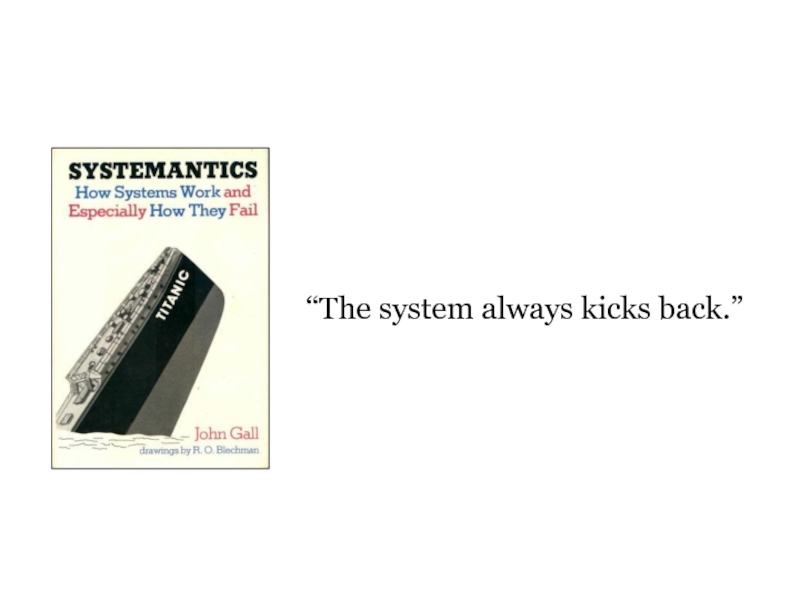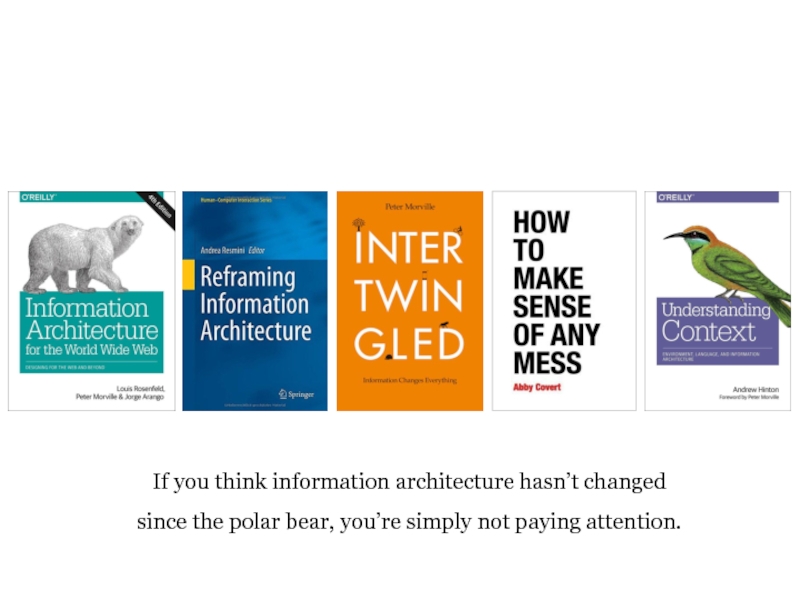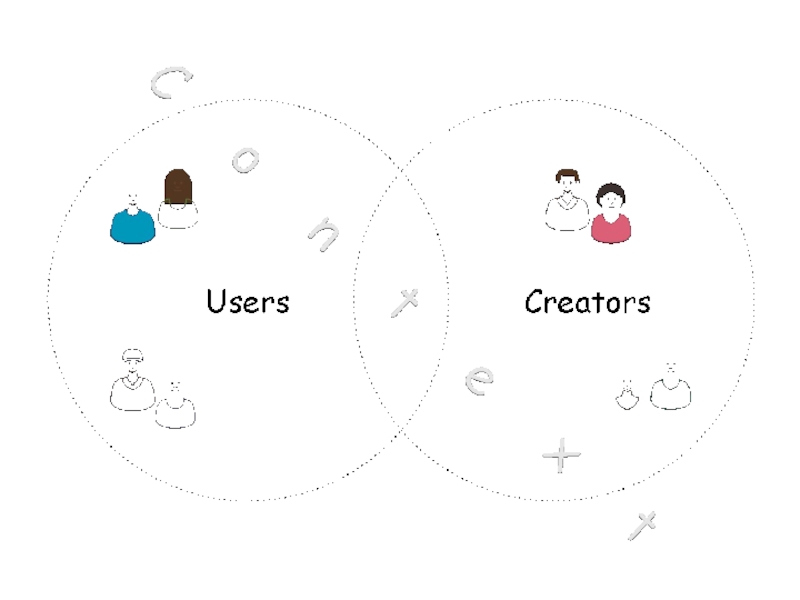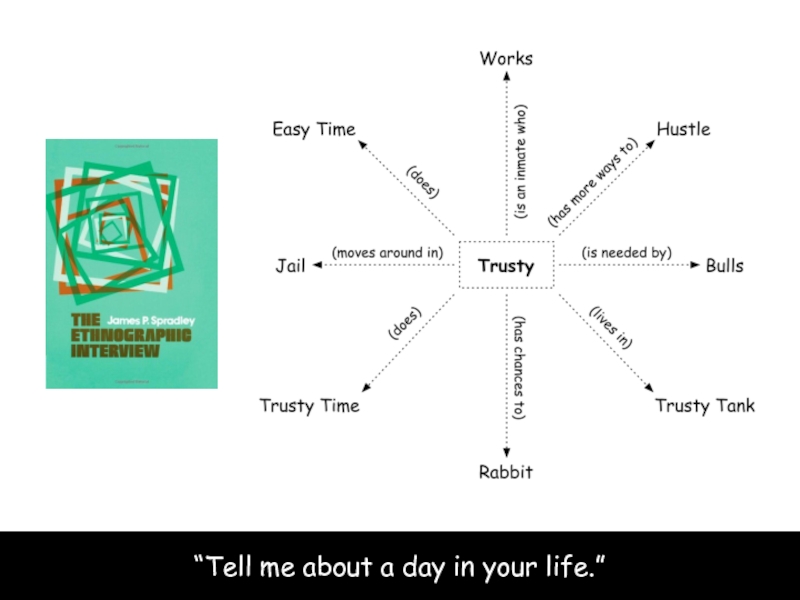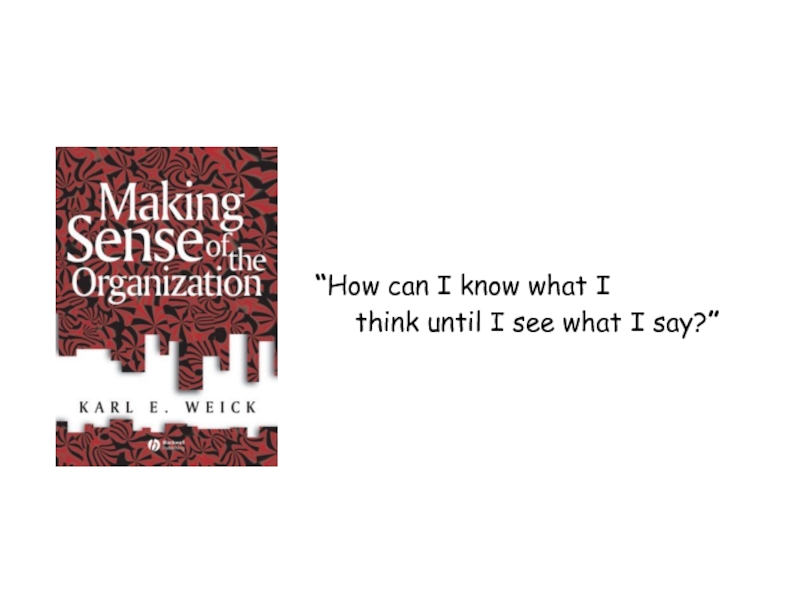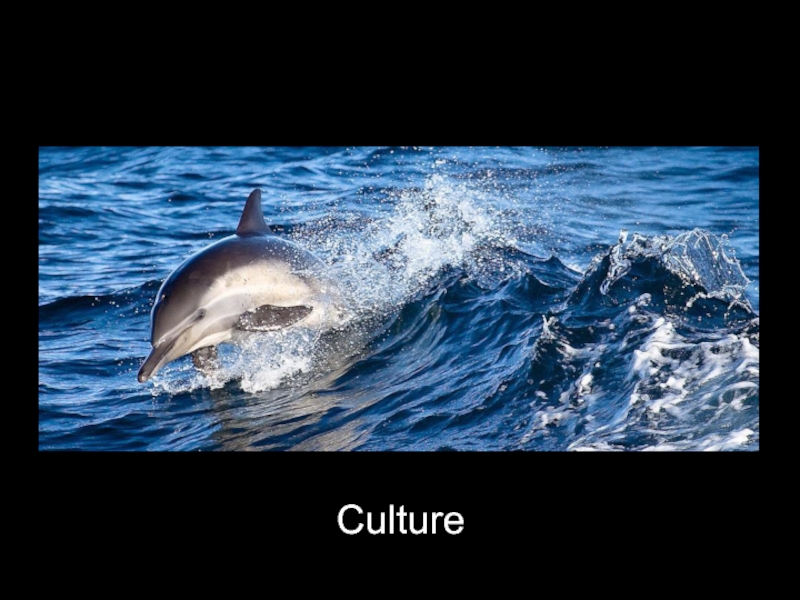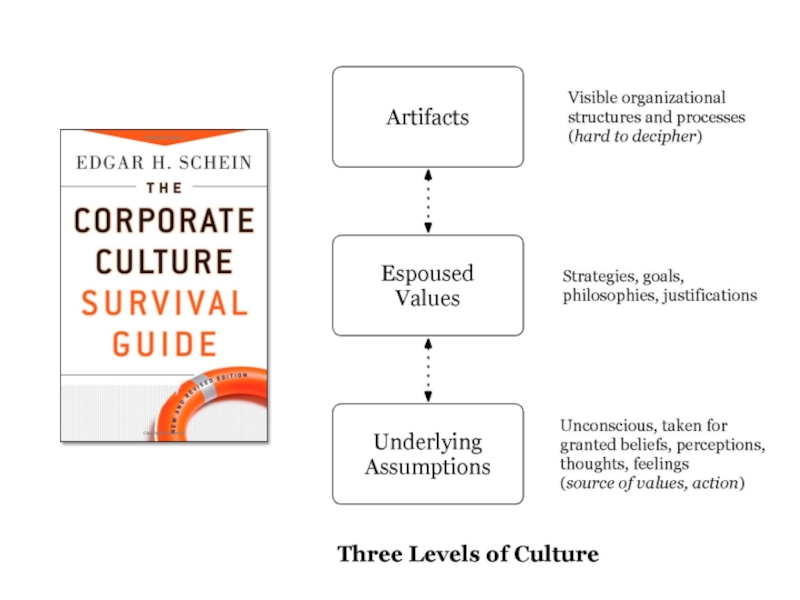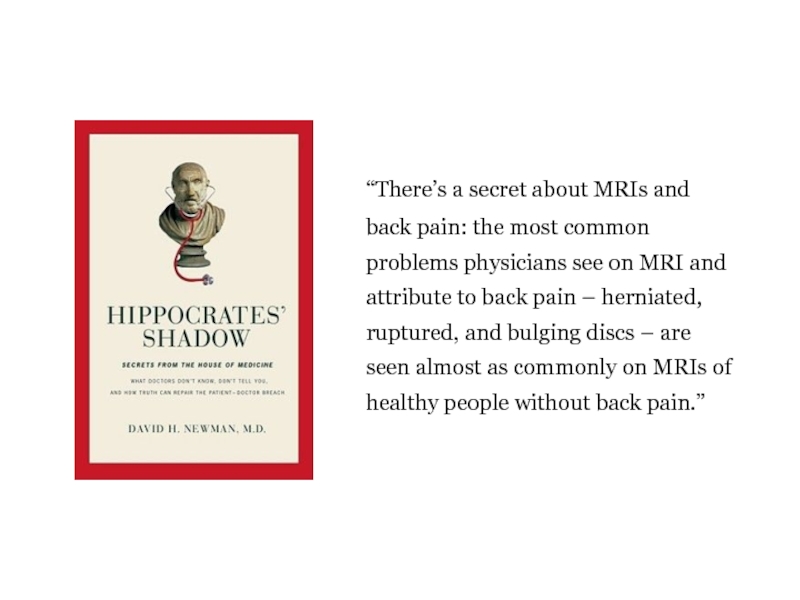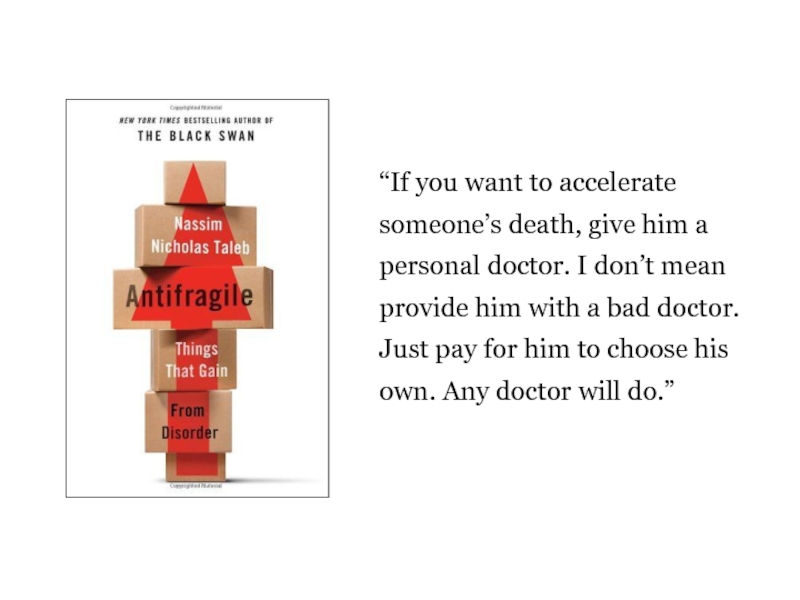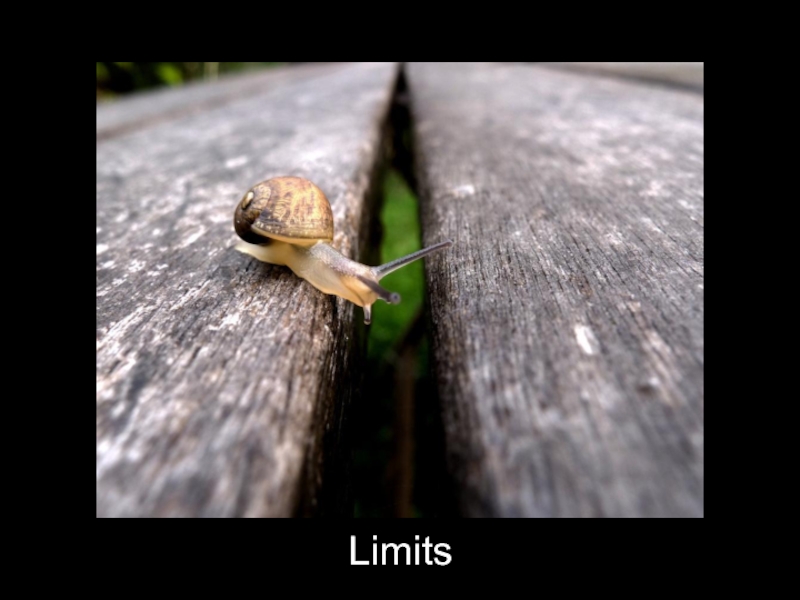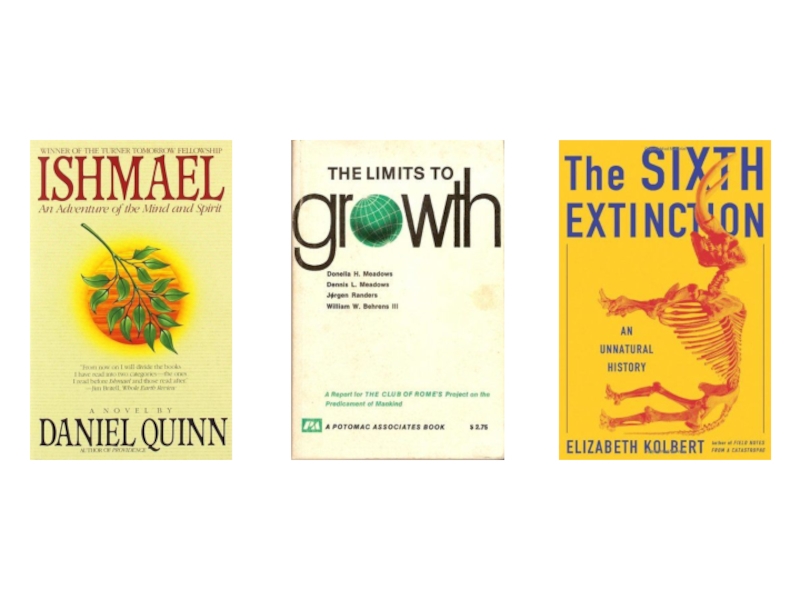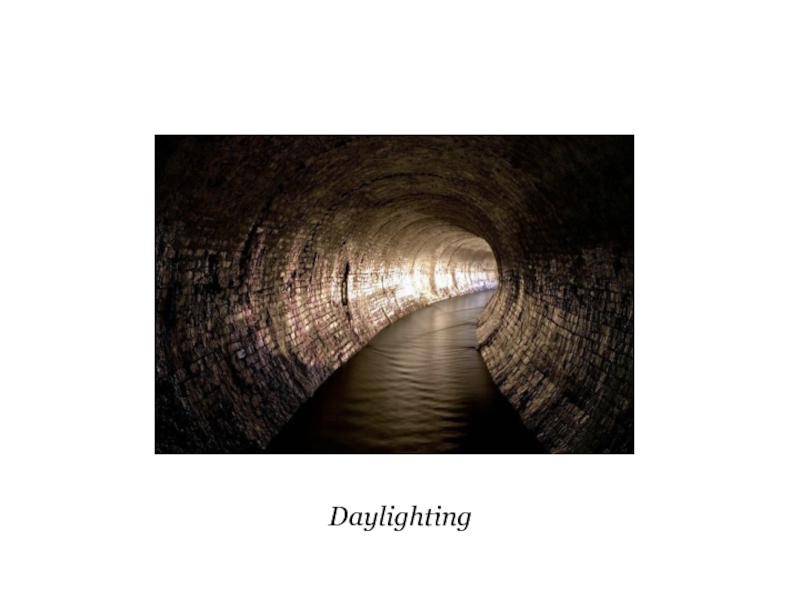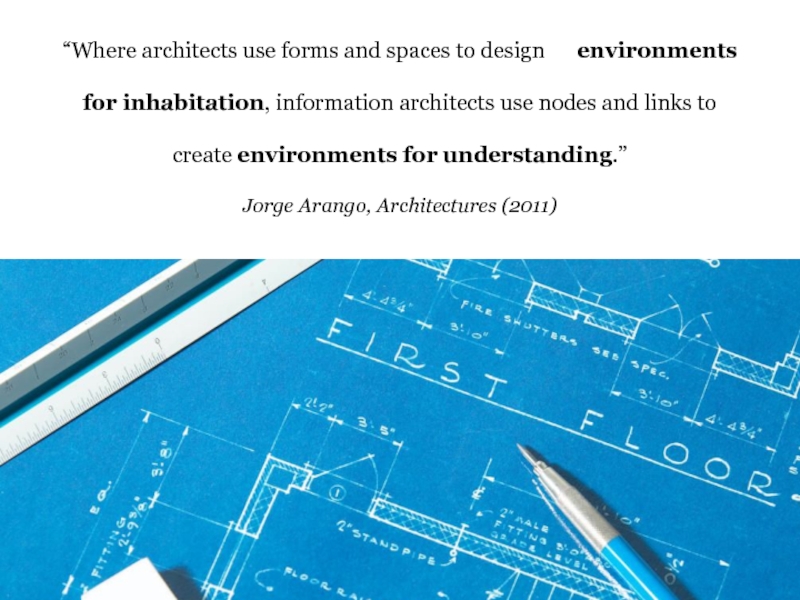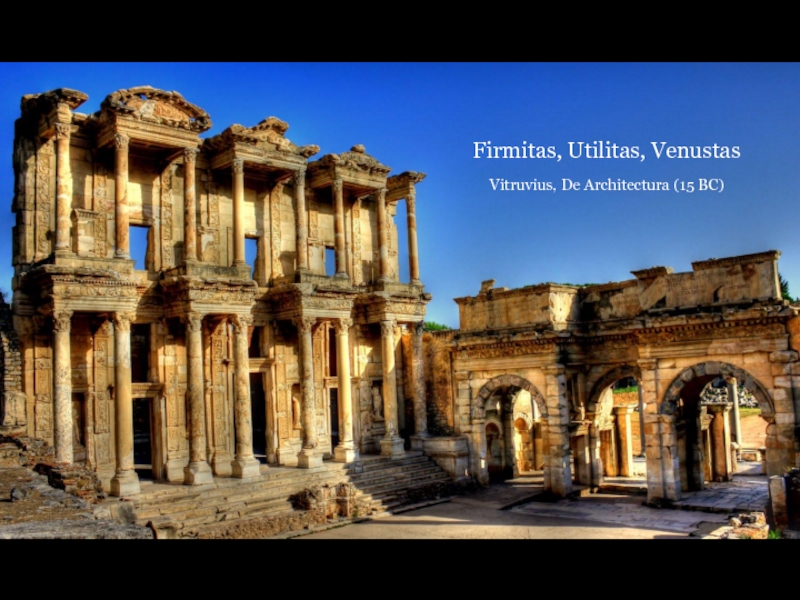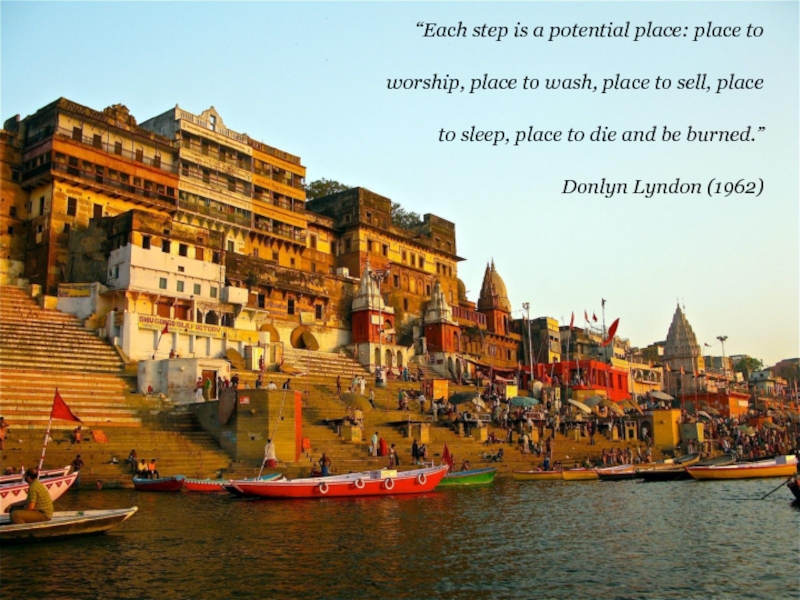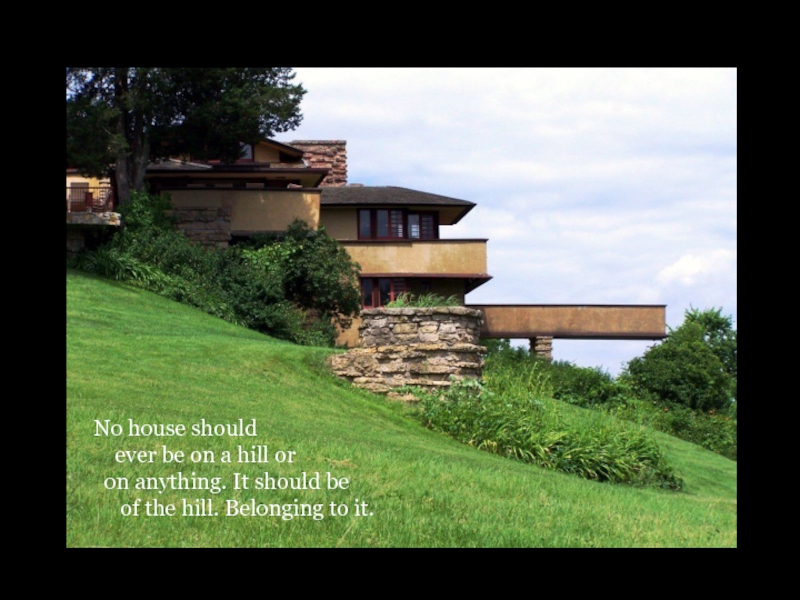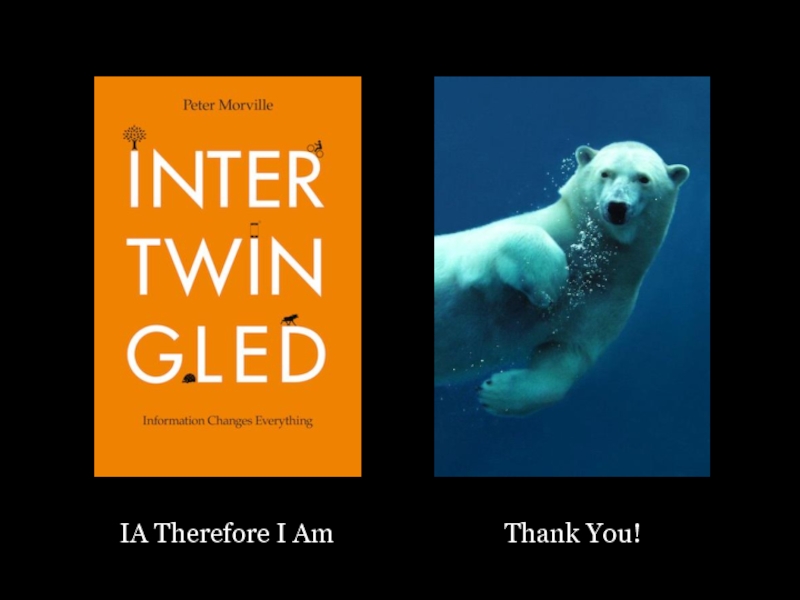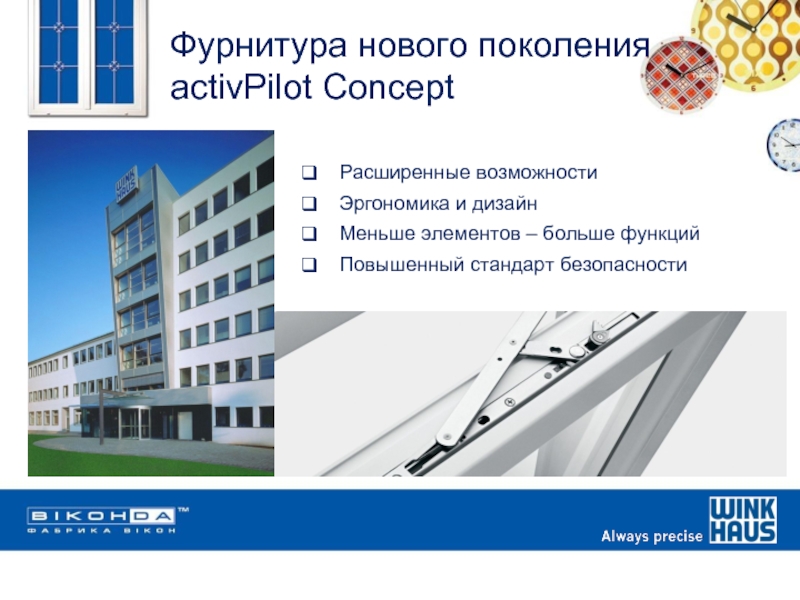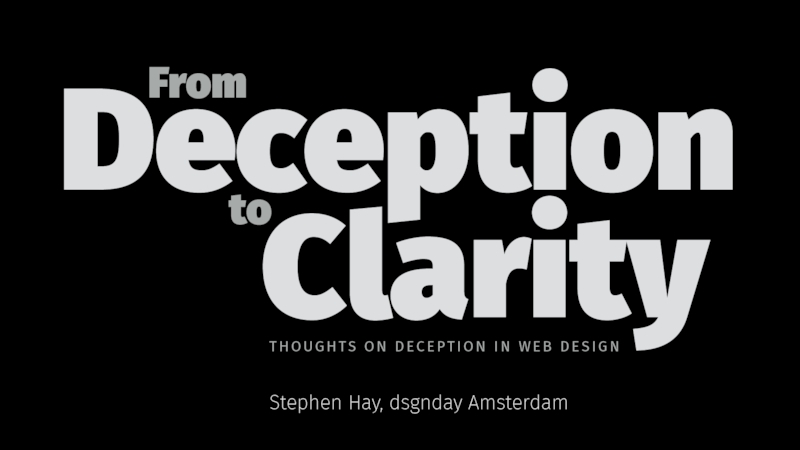2015
- Главная
- Разное
- Дизайн
- Бизнес и предпринимательство
- Аналитика
- Образование
- Развлечения
- Красота и здоровье
- Финансы
- Государство
- Путешествия
- Спорт
- Недвижимость
- Армия
- Графика
- Культурология
- Еда и кулинария
- Лингвистика
- Английский язык
- Астрономия
- Алгебра
- Биология
- География
- Детские презентации
- Информатика
- История
- Литература
- Маркетинг
- Математика
- Медицина
- Менеджмент
- Музыка
- МХК
- Немецкий язык
- ОБЖ
- Обществознание
- Окружающий мир
- Педагогика
- Русский язык
- Технология
- Физика
- Философия
- Химия
- Шаблоны, картинки для презентаций
- Экология
- Экономика
- Юриспруденция
The Architecture of Understanding презентация
Содержание
- 1. The Architecture of Understanding
- 6. The Library of Congress “To further the progress of knowledge and creativity.”
- 7. Fragmentation Fragmentation into multiple sites, domains, and
- 8. Web Governance Board
- 12. Nature
- 15. Isle Royale National Park
- 16. Planning Inspiration
- 17. Planning Playing Practicing
- 18. “With respect to learning by failure, it’s
- 22. “There is a problem in discussing systems
- 24. “It is the responsibility of the architect
- 25. The design and management of information systems. Understanding the nature of information in systems.
- 27. Categories
- 29. Categories are the cornerstones of cognition and culture.
- 30. We use radio buttons when checkboxes or sliders would reveal the truth.
- 31. Connections
- 32. Hyperlinks Pages Web
- 33. Paths Places Space
- 34. Connections Categories Mind
- 35. Consequences Actions Time
- 36. “The system always kicks back.”
- 37. If you think information architecture hasn’t changed
- 39. “Tell me about a day in your life.”
- 40. “How can I know what I
- 41. Culture
- 44. Double-loop learning in organizations (and individuals) is rare.
- 45. The relationship between information and culture.
- 46. “There’s a secret about MRIs and
- 47. “If you want to accelerate someone’s
- 49. Limits
- 51. Daylighting
- 52. Daylighting
- 54. “Where architects use forms and spaces
- 55. Firmitas, Utilitas, Venustas Vitruvius, De Architectura (15 BC)
- 56. “Each step is a potential place: place
- 57. No house should ever be
- 58. The library is an act of inspiration architecture and a keystone of culture.
- 59. Thank You! IA Therefore I Am
Слайд 7 Fragmentation
Fragmentation into multiple sites, domains, and identities is a major problem.
Users don’t know which site to visit for which purpose.
Findability
Users can’t find what they need from the home page, but most users don’t come through the front door. They enter via a web search or a deep link, and are confused by what they find. Even worse, most never use the Library, because its resources aren’t easily findable.
Findability
Users can’t find what they need from the home page, but most users don’t come through the front door. They enter via a web search or a deep link, and are confused by what they find. Even worse, most never use the Library, because its resources aren’t easily findable.
Слайд 18“With respect to learning by failure, it’s all fun and games
until someone gets a larval cyst in the brain.”
Слайд 22“There is a problem in discussing systems only with words. Words
and sentences must, by necessity, come only one at a time in linear, logical order. Systems happen all at once. They are connected not just in one direction, but in many directions simultaneously.”
Слайд 24“It is the responsibility of the architect to know and concentrate
on the critical few details and interfaces that really matter.”
Слайд 25The design and management
of information systems.
Understanding the nature
of information in
systems.
Слайд 37If you think information architecture hasn’t changed
since the polar bear,
you’re simply not paying attention.
Слайд 46
“There’s a secret about MRIs and back pain: the most common
problems physicians see on MRI and attribute to back pain – herniated, ruptured, and bulging discs – are seen almost as commonly on MRIs of healthy people without back pain.”
Слайд 47
“If you want to accelerate someone’s death, give him a personal
doctor. I don’t mean provide him with a bad doctor. Just pay for him to choose his own. Any doctor will do.”
Слайд 54
“Where architects use forms and spaces to design environments
for inhabitation, information architects use nodes and links to create environments for understanding.”
Jorge Arango, Architectures (2011)
Jorge Arango, Architectures (2011)
Слайд 56“Each step is a potential place: place to worship, place to
wash, place to sell, place to sleep, place to die and be burned.”
Donlyn Lyndon (1962)
Donlyn Lyndon (1962)
Слайд 57No house should
ever be on a hill or
on anything. It should be
of the hill. Belonging to it.
of the hill. Belonging to it.
